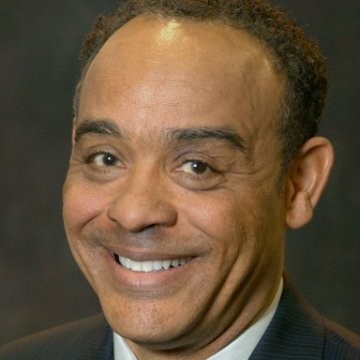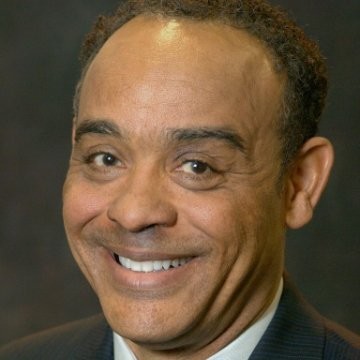By John Grace
Contributing Columnist
As in most theories, the Santa Claus Rally is believed by some to be true and held by others to be a mere coincidence. It is a time describing when the market surges during the final week of December, extending into the following two trading days of the new year.
The theories as to why this might happen include tax considerations to institutional investors taking a respite to investors putting holiday bonuses on the casino table. Market analyst and author Yale Hirsch first mentioned the Santa Claus Rally in his 1972 book, “The Stock Trader’s Almanac.”
Hirsch’s theory came from studying the Standard and Poor’s 500 results from 1950 and 1971 over the seven-day period stated here. Hirsch found that the index went up 1.5% on average. “Since then, the broad market index has risen 1.3% on average. Moreover, the market has been positive in 34 of the last 45 years, just over 75%” of the time, according to Facet Wealth. Kirsch has a great quote, “If Santa Claus should fail to call, bears may come to Broad and Wall.”
There is an old stock market adage that the stock market takes the stairs up and the elevator down. The Wall Street Journal nailed it by saying, “The Fed pricked the everything bubble.”
While it is challenging for investors to escape, not every investment offering is equally exposed to the Fed. What the Fed giveth for over a decade, it hath taken away.
The Fed has certainly taken the cheap money punchbowl off the table which can lead to the air coming out of bubbles everywhere. While all financial assets have bubbled, it is advisable to notice that what was most favored tends to bubble the most and break the hardest.
So it’s always interesting to hear investors say, “But I own this special (fill in the blank with any stock, company or house you like). It won’t go down, will it?”
This observer is fond of saying, “Americans don’t learn from the past because we are too busy repeating it.” The Dow crashed 89% in 1929-1932 and it was comprised of the largest and the best companies in the leading country in the world. At about the same time, Manhattan real estate tumbled nearly 70% and hovered around that value for most of the Great Depression, according to the Harvard Business School. While the stock market took over 20 years to get back to even, assuming the investor kept the same companies that kicked them in the assets, New York City took about 40 years to fully recover, according to real estate developer Brandon Graham Donnelly.
In the movie “Poker Face,” Russell Crowe said to play any game well when money is on the table you must “maximize your earnings, minimize your losses and stay in the game.” Billionaire Jeff Bezos warned small businesses and consumers to keep “dry powder” on hand and take some risk or profits off the table.
In the face of a potential recession or worse, Bezos admonished consumers to “batten down the hatches” by holding cash and delaying big purchases. If you don’t love (fill in the blank) there is terrific potential realized by selling financial assets at near all-time, long-term highs and re-buying near long-term lows.
That’s why Harry Dent calls this time “‘the sale of a lifetime.’ You have to sell and have the cash to take advantage of such a sale, and those lows will happen fast and never be seen again.”
Thanks to freak waves, there are places along the California coast where signs are posted, “Never turn your back on the ocean.” The same is true of our economy now as the wave of economic reinvention is forcing its way through the sea of sad news. This is the time to resolve if you will get caught in the undertow or be ready to catch the next wave.
John Grace is a registered representative with LPL Financial. His On the Money column runs monthly in The Wave. The opinions expressed here are for general information only and are not intended to provide specific advice or recommendations for any individual.













